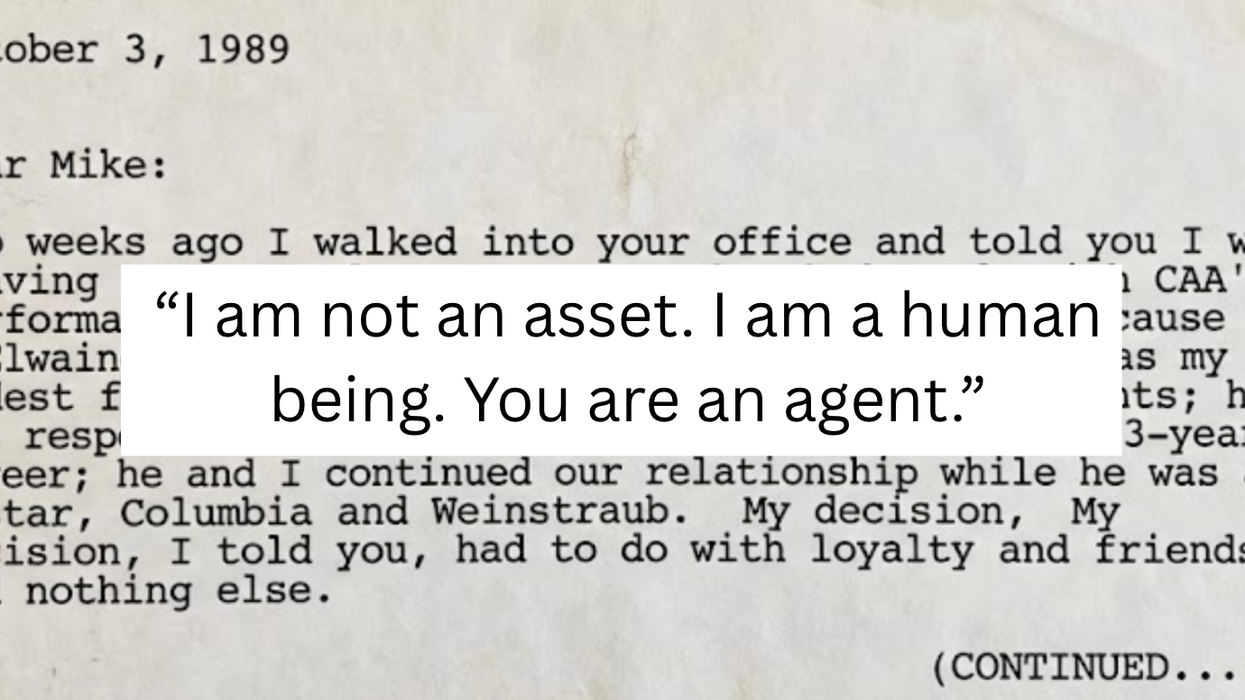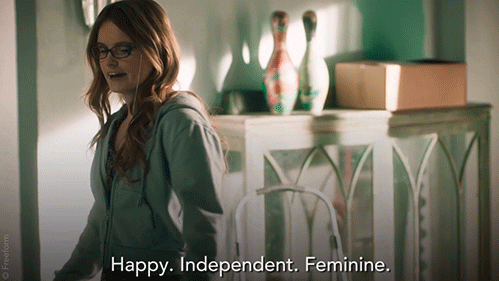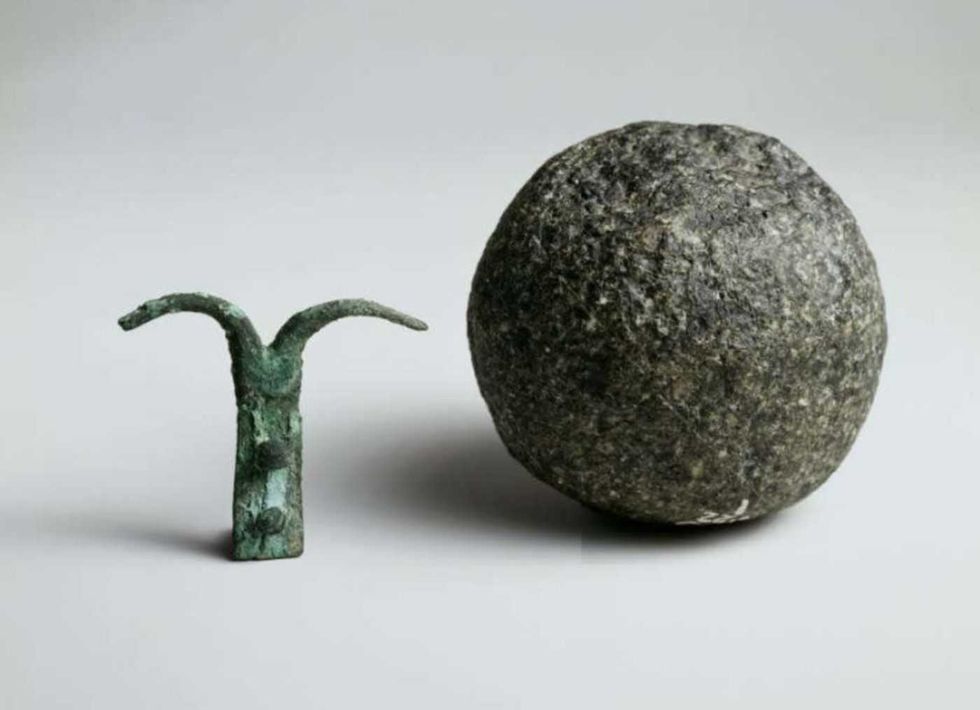Fake news is rampant on the internet. Unscrupulous websites are encouraged to create misleading stories about political figures because they get clicks.
A study published by Science Advances found that elderly conservatives are, by far, the worst spearders of fake news. Ultra conservatives over the age of 65 shared about seven times more fake information on social media than moderates and super liberals during the 2016 election.
Get ready for things to get worse.
Deepfake technology is rapidly blurring the line between reality and digital fakery. This video of Bill Hader transforming into Tom Cruise is so realistic that it's hard not to think Hader is some type of shape-shifting alien.
Facebook and Microsoft are so concerned about this new technology being used on their platforms and misleading the public, they've spent $10 million dollars to create software that identifies deepfake technology.
RELATED: People with low emotional intelligence are more likely to vote Republican, new study claims
"The goal of the challenge is to produce technology that everyone can use to better detect when AI has been used to alter a video in order to mislead the viewer," wrote Mike Schroepfer, chief technical officer at Facebook, in a blog outlining the project.
If elderly conservatives are easily fooled by fabricated news stories, what happens when fake videos of the liberal bogeyman du jour show up in their Facebook feed?
RELATED: The Obamas dominated a new poll of the most admired people in America
Jimmy Kimmel recently brought up the issue on his talk show.
"Another threat to the election are what they call deepfake videos," said Kimmel. "They take clips and they manipulate them to make them look as if someone did or said something they did not do."
Then he played a hilarious deepfake video of Doanld Trump and Mike Pence appearing on "Ru Paul's Drag Race." The video shows Trump as the host of the show and Mike Pence, a man who has a big problem with the LGBTQ community, as drag star Brooke Lynn Hytes.
















 Two people study a mapCanva
Two people study a mapCanva Foggy Chinese villageCanva
Foggy Chinese villageCanva

 An excerpt of the faxCanva
An excerpt of the faxCanva
 Robert Redford advocating against the demolition of Santa Monica Pier while filming "The Sting" 1973
Robert Redford advocating against the demolition of Santa Monica Pier while filming "The Sting" 1973


 A woman looks out on the waterCanva
A woman looks out on the waterCanva A couple sits in uncomfortable silenceCanva
A couple sits in uncomfortable silenceCanva Gif of woman saying "I won't be bound to any man." via
Gif of woman saying "I won't be bound to any man." via  Woman working late at nightCanva
Woman working late at nightCanva Gif of woman saying "Happy. Independent. Feminine." via
Gif of woman saying "Happy. Independent. Feminine." via 
 Pyramid of Khufu
Pyramid of Khufu A spherical dolerite pounder.
A spherical dolerite pounder. Abeer Eladany holds open the box of splinters
Abeer Eladany holds open the box of splinters The box that the missing piece of cedar was discovered
The box that the missing piece of cedar was discovered The wooden fragments dated to around 3341-3094 BC
The wooden fragments dated to around 3341-3094 BC